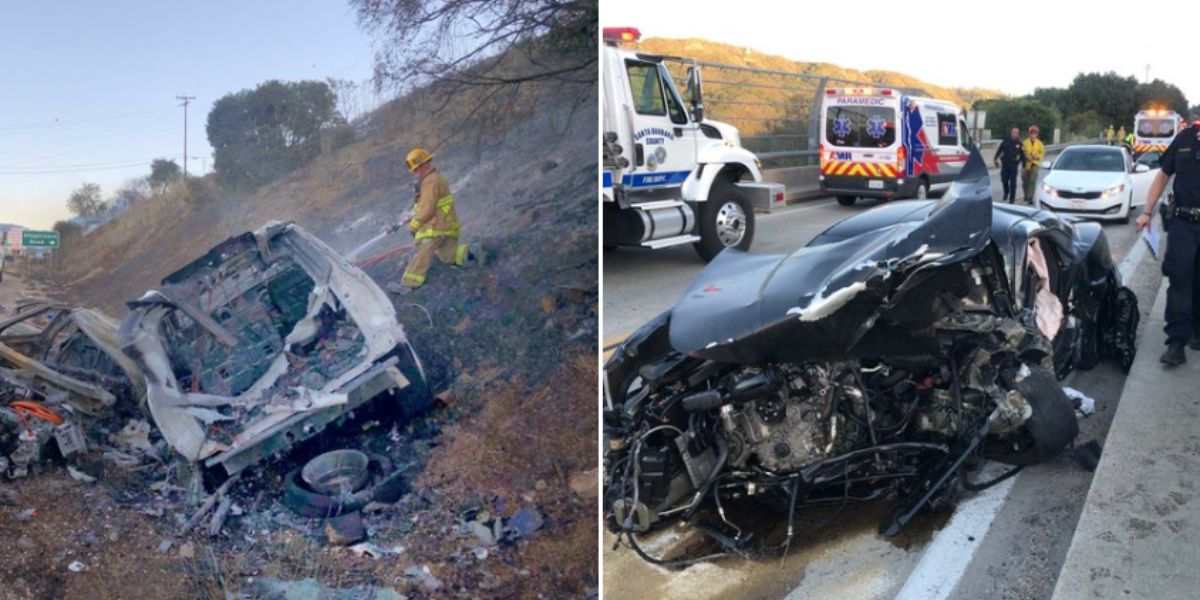Ohio, like many states, has cities that grapple with higher-than-average crime rates. These cities often face challenges such as economic hardship, unemployment, and social issues that contribute to elevated crime levels. Understanding these areas can provide insight into the state’s safety landscape.
1. Cleveland
Cleveland consistently ranks as Ohio’s most dangerous city. With a population of approximately 363,764, it reported a violent crime rate of 16.2 per 1,000 residents and a property crime rate of 43 per 1,000 residents. Factors such as poverty, unemployment, and drug-related issues contribute to its high crime statistics.
2. Moraine
Moraine, a suburb of Dayton, has a population of about 6,494. It reported an alarming crime rate of 73.7 per 1,000 residents, significantly higher than the state average. This rate indicates a severe prevalence of both violent and property crimes in the area.
3. Canton
Canton, with a population of 70,070, has a violent crime rate of 11.7 per 1,000 residents and a property crime rate of 56.1 per 1,000 residents. Economic challenges, including a high poverty rate, contribute to its elevated crime levels.
4. Springfield
Springfield, located in southwestern Ohio, has a population of 58,725. It reported a violent crime rate of 12.1 per 1,000 residents and a property crime rate of 45.3 per 1,000 residents. The city’s crime rates are notably higher than the state average, indicating significant safety concerns.
5. Dayton
Dayton, with a population of 137,084, has a violent crime rate of 11.6 per 1,000 residents and a property crime rate of 43 per 1,000 residents. While the city has seen improvements in crime reduction, it still faces challenges related to crime and safety.
6. Whitehall
Whitehall, a suburb of Columbus, has a population of 20,094. It reported a violent crime rate of 8.4 per 1,000 residents and a property crime rate of 60.3 per 1,000 residents. The high property crime rate is a significant concern for residents and authorities alike.
7. Portsmouth
Portsmouth, located along the Ohio River, has a population of approximately 20,000. It reported a crime rate of 5,360 per 100,000 residents, making it 128% more dangerous than the national average. High poverty and unemployment rates contribute to its crime challenges.
8. Akron
Akron, with a population of 197,375, has a violent crime rate of 785 per 100,000 people. The city reported 599 assaults, 77 robberies, 99 rapes, and 10 homicides in a recent year, indicating a significant presence of violent crime.
9. Chillicothe
Chillicothe, with a population of 22,000, has a crime rate four times the state average. The city faces challenges related to sexual assault, with rates 2.8 times the national average, highlighting serious safety concerns.
10. Lima
Lima, located in western Ohio, has a violent crime rate of 6.45 per 1,000 residents and a property crime rate of 36.2 per 1,000 residents. These rates place Lima among the higher-risk cities in the state concerning crime.
11. Youngstown
Youngstown, situated in eastern Ohio, has faced economic challenges leading to elevated crime rates. The city has been reported among the most dangerous in Ohio due to high rates of violent crime, including shootings and aggravated assault.
12. Columbus
Columbus, Ohio’s capital, has a population exceeding 900,000. While the city has made significant strides in reducing violent crime, with a 41% decrease reported in the first half of 2024, it still faces challenges related to crime in certain neighborhoods.
Conclusion
These cities represent areas in Ohio where crime rates are notably higher than the state average. Factors such as economic hardship, unemployment, and social issues contribute to these elevated crime levels. Efforts to address these challenges are ongoing, with community engagement, law enforcement reforms, and economic development initiatives playing crucial roles in improving safety and quality of life for residents.




